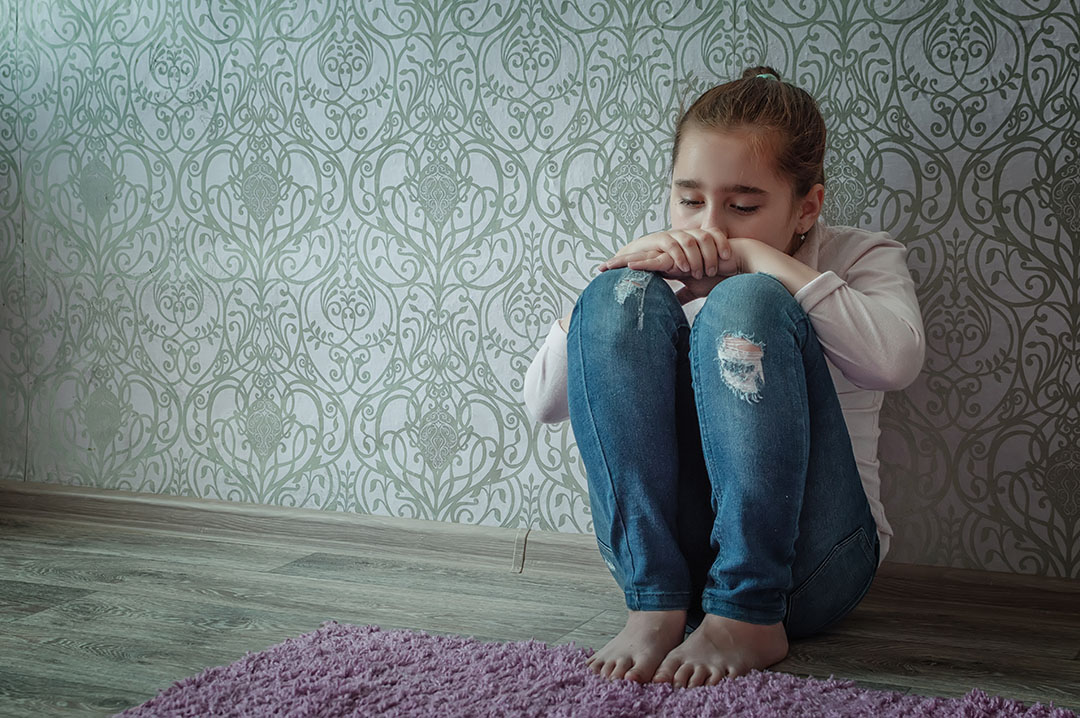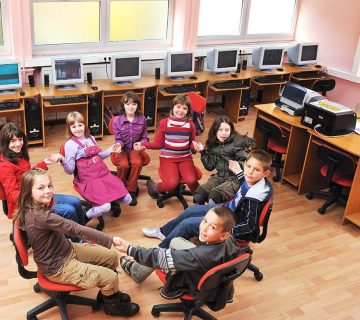Abstract
Discipline is one of the most controversial concepts in child-rearing. Many parents struggle to correct misbehavior without damaging a child’s self-esteem or mental health. This article examines the principles of effective discipline, common mistakes, and alternatives to harsh punishment. It aims to help parents strike a conscious balance between behavior correction and maintaining a positive relationship with their child.
Introduction
On the journey of parenting, children sometimes exhibit behaviors that need correction. In these moments, parents may resort to punishment—but is every form of punishment acceptable? Which methods truly teach and which simply inflict psychological pain? Punishment can be constructive if applied according to clear principles, tailored to the child’s age and personality, and free of violence.
Section 1: Constructive Discipline vs. Harmful Punishment
- Constructive Discipline: A logical or natural consequence of misbehavior that teaches the child without making them feel worthless.
- Harmful Punishment: Methods that injure the child physically, psychologically, or emotionally (insults, shouting, threats, total deprivation, or corporal punishment).
Section 2: Negative Effects of Improper Punishment
- Lowered self-confidence and self-worth
- Development of fear, anxiety, or hidden aggression
- Emotional distancing from parents and weakened attachment
- Learning violence as a problem-solving model
Section 3: Golden Rules for Correcting a Child’s Behavior
- Consistent Standards: If a behavior is unacceptable, it must always be unacceptable—not sometimes overlooked or even amusing.
- Parental Calmness: Administer consequences when calm; punishing in anger teaches aggression, not learning.
- Proportional Responses: Exaggerating a child’s mistake undermines its instructional value.
- Separate Behavior from Identity: Address the action (“That was wrong”), never the child’s worth (“You are bad”).
Section 4: Alternatives to Harsh Punishment
- Temporary Loss of Privilege: Briefly taking away a favorite toy or activity.
- Natural Consequences: If a toy is broken, the child loses access to it for a while.
- Time-Out: A few minutes in a quiet spot to reflect.
- Empathetic Dialogue: A calm, understanding conversation after the misbehavior.
- Positive Reinforcement: Praise and encouragement for good behavior in similar situations.
Section 5: The Role of Prevention and Behavioral Education
- Set Clear Family Rules: Define expectations in advance (e.g., clean up toys before playtime).
- Teach Self-Regulation: Help children learn problem-solving and emotional expression skills.
- Use Visual Aids: Behavior charts, sand timers for waiting, reward wheels, and similar tools.
Conclusion
Discipline—when applied thoughtfully, respectfully, and with a focus on learning—can be a valuable part of child-rearing. However, violent or punitive measures are neither effective nor harmless; they carry irreversible consequences. Knowledgeable parenting strikes a balance between structure and empathy, guiding children to develop self-discipline from within rather than through external control.







